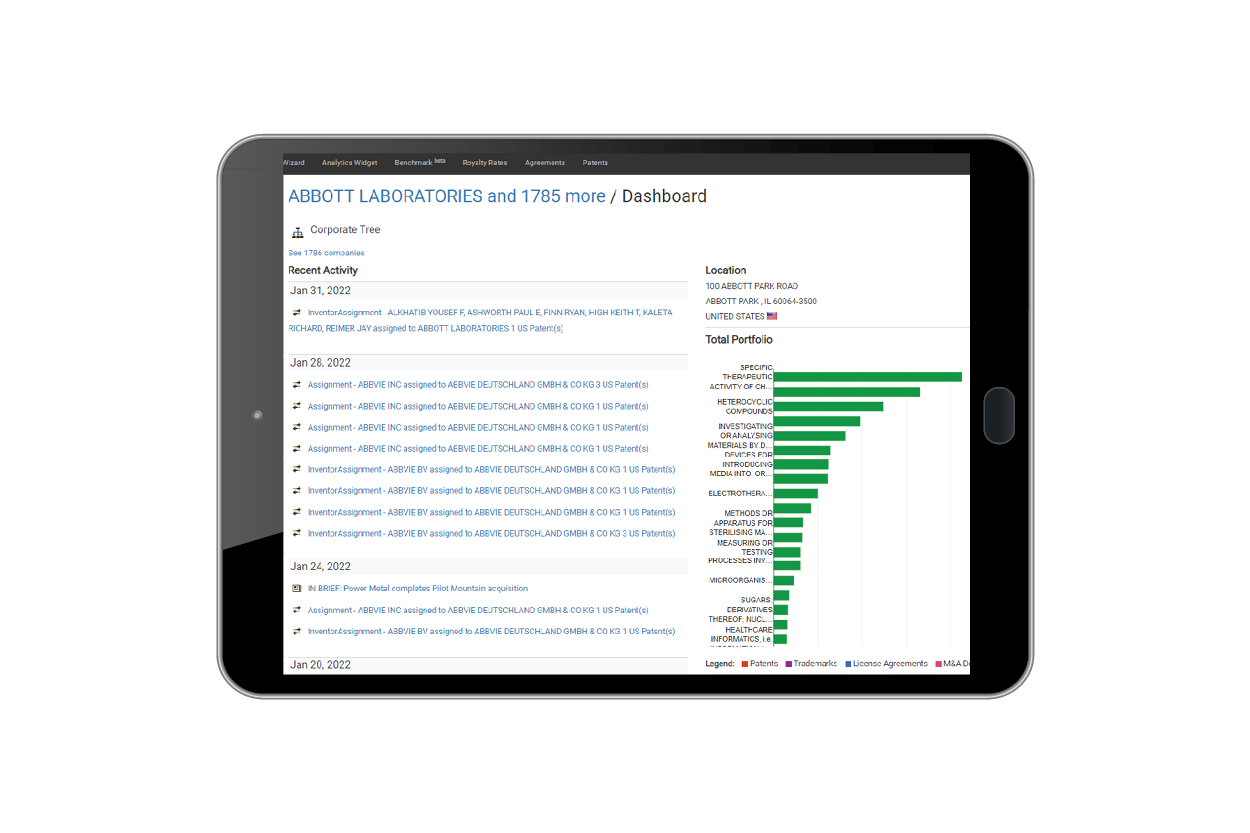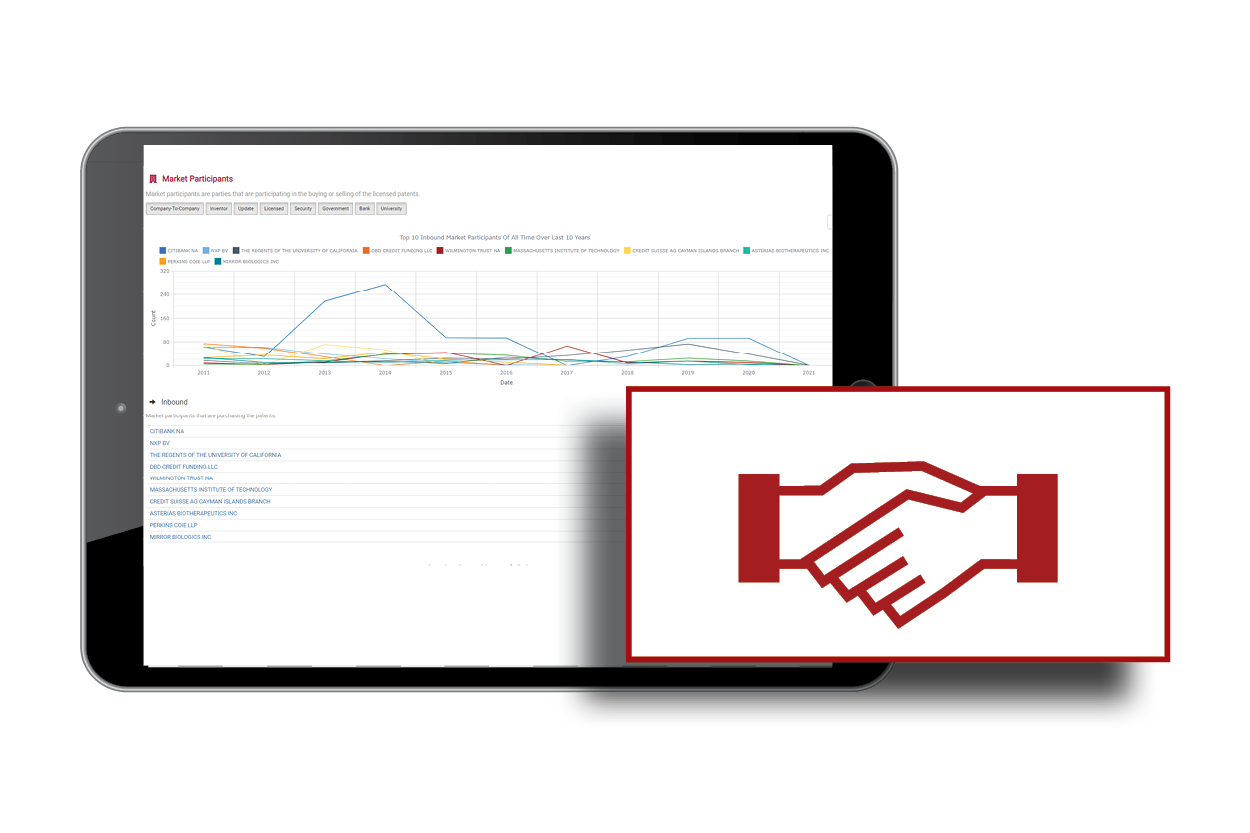Capitalizing on Commercialization: Questions your Technology Transfer Office Should be Asking
A new trend is emerging among ktMINE customers. Questions around agreements are becoming more targeted versus solely being about royalty rates. Take a look at our guide to understand current commercialization trends we’re seeing at technology transfer offices, where they are heading, and how to turn these questions into actionable insights at your organization.






















